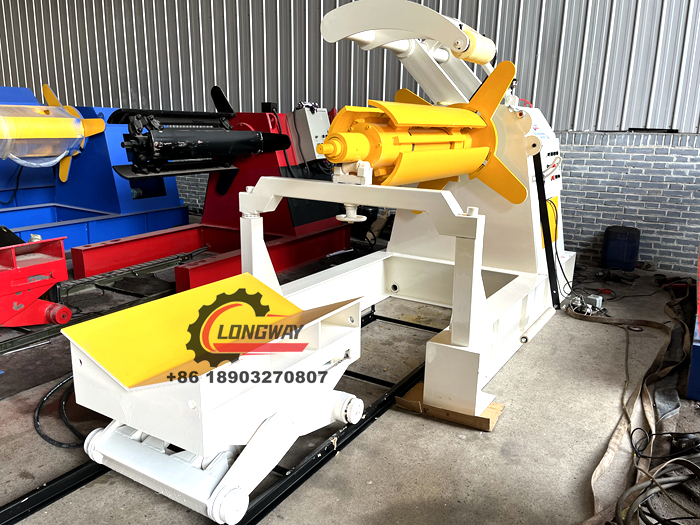Innovative Roofing Sheet Profile Machinery for Efficient Manufacturing and Design Flexibility in Construction
Understanding Roofing Sheet Profile Machines An Essential Tool in Modern Construction
In today’s rapidly evolving construction industry, efficiency, durability, and aesthetics are paramount. One technology that has significantly contributed to enhancing these aspects is the roofing sheet profile machine. This equipment plays a vital role in producing high-quality roofing sheets that are not only functional but also complement the architectural elements of buildings.
What is a Roofing Sheet Profile Machine?
A roofing sheet profile machine is a specialized piece of equipment designed to manufacture metal sheets with various profiles suitable for roofing. These machines are capable of rolling sheets of metal—typically steel or aluminum—into different shapes and sizes as per the required specifications. The resulting products are used widely in residential, commercial, and industrial roofing applications.
The Manufacturing Process
The manufacturing process begins with the selection of metallic coils, which are fed into the machine. The roofing sheet profile machine consists of several key components, including uncoilers, guiding devices, roll forming stations, and a cutting mechanism.
1. Uncoiling The metal coil is first uncoiled and placed into the machine. This mechanism ensures a continuous feed of material into the subsequent stages. 2. Guiding As the metal advances, it passes through guiding devices that align the material for precise shaping.
3. Roll Forming The core of the roofing sheet profile machine is the roll forming section, where the metal passes through a series of rollers that progressively shape it into the desired profile. Common profiles include corrugated sheets, tile sheets, and standing seam roofing.
Advantages of Using Roofing Sheet Profile Machines
roofing sheet profile machine

Using roofing sheet profile machines presents several advantages
1. Customization These machines can produce various profiles and dimensions, allowing for custom designs that meet specific architectural requirements.
2. Efficiency The automation of the production process greatly increases output, reducing the time and labor involved in manufacturing roofing sheets compared to traditional methods.
3. Material Utilization Metal sheets produced by roofing sheet profile machines minimize waste, as they efficiently utilize the raw materials, leading to cost savings for manufacturers.
4. Durability and Quality The finished products are known for their robustness and quality. Modern machines incorporate advanced technology that ensures uniform thickness and strength across all sheets, enhancing the longevity of the roofing materials.
5. Aesthetic Appeal The variety of profile options enables architects and builders to choose designs that enhance the visual appeal of buildings, catering to different stylistic preferences.
Applications in the Construction Industry
Roofing sheets produced by these machines are employed in a wide range of constructions. They are commonly used in industrial buildings, warehouses, residential homes, and commercial complexes. The lightweight yet strong nature of these sheets makes them a preferred choice for many architects and builders seeking efficient roofing solutions. Additionally, the ability to produce sheets in different colors and finishes allows for better integration with overall building designs.
Conclusion
The roofing sheet profile machine is an essential tool in modern construction, offering significant advancements in efficiency, customization, and product quality. As the industry continues to evolve, the reliance on such machines is likely to grow, paving the way for innovative building solutions. Manufacturers equipped with these machines can meet the increasing demand for versatile, durable, and aesthetically pleasing roofing materials, ensuring their relevance in an ever-competitive market. The ability to adapt and innovate will be key in shaping the future of construction technology.
-
Key Features to Look for in a Roof and Wall Panel MachineNewsMay.23, 2025
-
Key Features of a Roller Shutter Door Forming MachineNewsMay.23, 2025
-
Key Features of a Purlin Roll Forming MachineNewsMay.23, 2025
-
Key Features of a Cut to Length & Slitting LineNewsMay.23, 2025
-
Benefits of Using a Downspout Gutter Forming MachineNewsMay.23, 2025
-
Advantages of Using a Steel Deck Floor Roll Forming MachineNewsMay.23, 2025
-
Revolutionize Your Gutter Production with a Gutter MachineNewsMay.23, 2025








